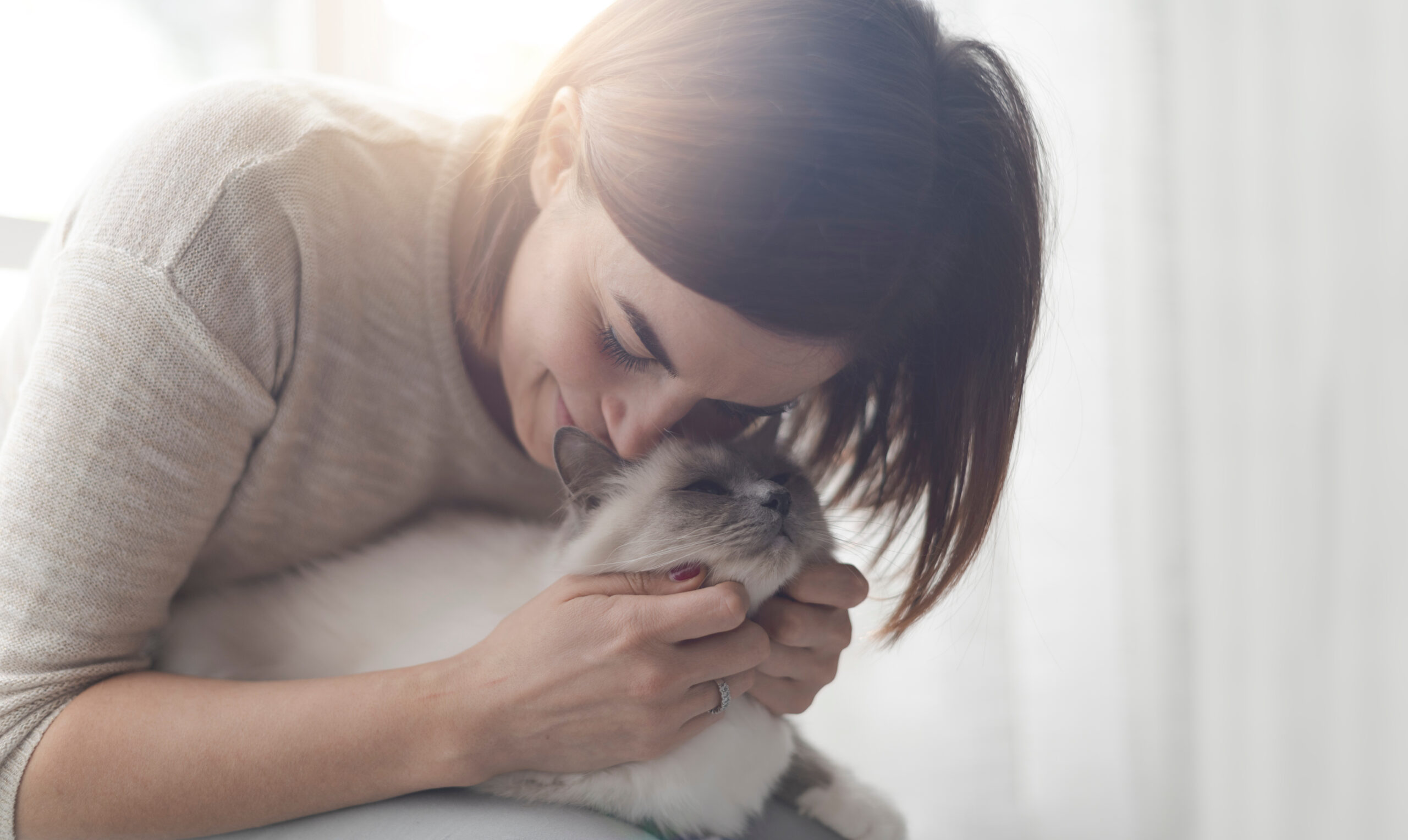
How to Keep an Indoor Cat Happy and Active
How to keep an indoor cat happy and active is easier than you think. Cats are smart but without being
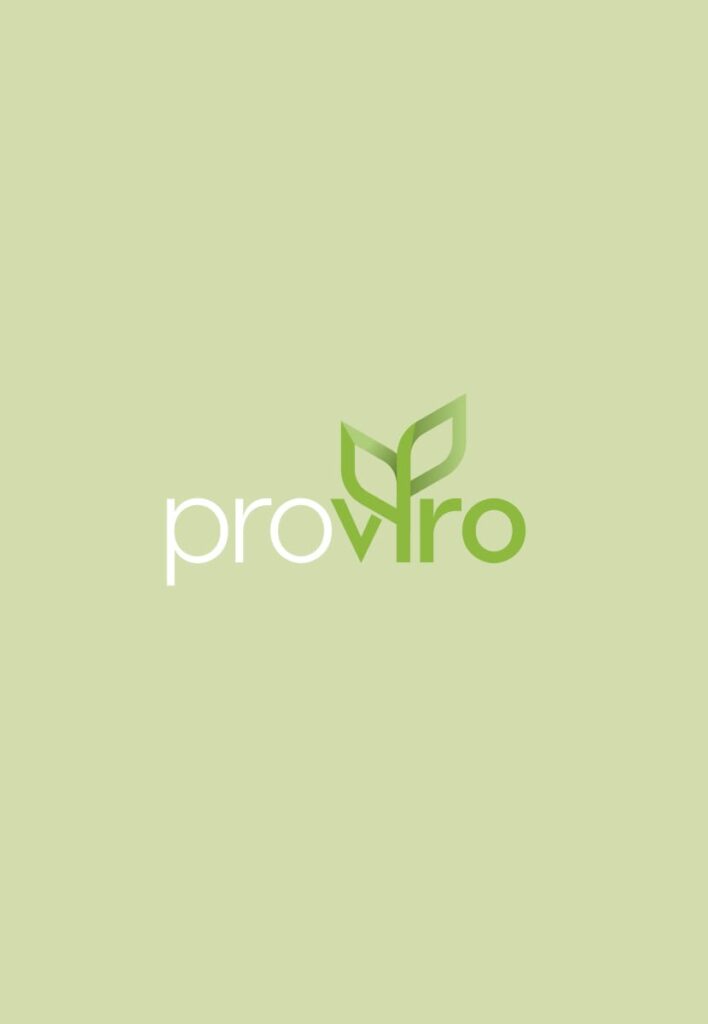
With most people stuck inside as the message from above continues to promote staying home as a means of fighting the COVID-19 pandemic, many are turning to chores and tasks they may not have had the time for in the past.
Looking after your horse is a job in and of itself, but one that is certainly a labour of love. Even still, sometimes small tasks slip through the cracks, and aren’t necessarily attended to as often as they should be.
One of those tasks is ensuring your horse’s hooves are hard and strong – as overly moist and brittle hooves tend to crack, break, bruise, become footsore or even abscessed. It is estimated that 70% of all lameness injuries in performance horses come from the hoof.
Here, we break down four easy ways to ensure your horse’s hooves are in as good condition as ever.
1. A balanced diet
Ensuring your horse is taking in the right nutrients, in the correct amounts, is crucial to ensuring both a healthy coat and hoof growth. There are four fundamentals to keep in mind when analysing your horse’s diet and creating a balanced one.
– Current work rate (how much / hard the horse is ridden)
– Size of horse and current bodyweight
– Age of horse
– Condition of horse
Also remember that horses require a diet consisting of adequate roughage. Recommended roughage intake is 1.5% of their bodyweight as a minimum. For example, a 500kg horse will need at least 7.5kg of roughage per day. Best practice is to distribute this out over multiple meals.
2. Hoof Condition
Regular trimming / shoeing by professionals is recommended with a usual timeline of roughly eight weeks between visits. You should learn to recognise what a good job looks like – is the hoof balanced and even with the slope of the pastern?
If your horses’ hooves are in poor condition, supplements may be necessary but are not a quick fix. Biotin supplements are usually advised and have been proven to be successful, with recommendations of 15-20mg biotin per day for 6-9 months. Biotin only helps with new hoof growth. For other supplements we recommend talking to a qualified nutritionist.
3. Good circulation
You may think it contradictory if you horse has poor feet, but regular exercise and, if possible, turn out in a paddock is a good way of helping promoting blood flow to the tubular and solar papillae to aid in hoof growth and hardness. The key is regularity.
4. A clean environment
Whether a horse has access to a stall or is on full turnout, providing a dry area free from mud and excess manure aids in good hoof health. For those living in a stall, picking their feet and providing an absorbent, odour free, clean bedding is imperative.
Horsemate provides a consistent, dry, dust free bedding product, which is easy to clean and easy to store. Horsemate bedding is made from pine plantation timber which has been kiln dried (heat treated). Most bulk sawdust contains a high amount of moisture and that can fluctuate to as high as 30%. This high moisture content leads to less ability to absorb urine. Horsemate pure pine bedding is around 8% moisture and can even be used to dry out stables.
In the Horsemate manufacturing process, small dust particles are extracted so that you are left with a consistent size product. This means that there is less dust in the stable than other beddings, which is better for both you and your horse’s respiratory system. We also regularly scientifically test our pellets.
Why not make a change to Horsemate today?

How to keep an indoor cat happy and active is easier than you think. Cats are smart but without being
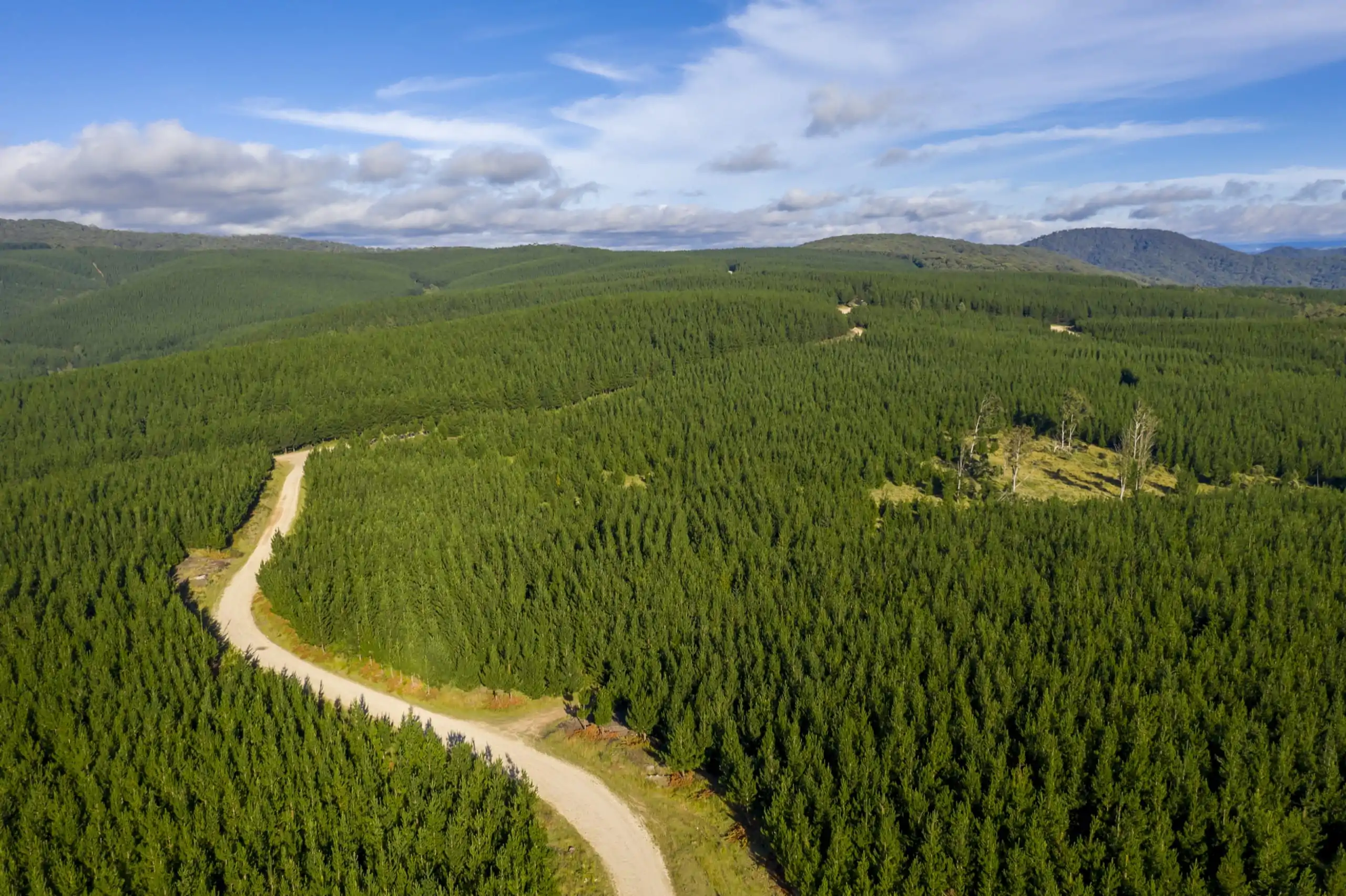
Have you ever wondered is your cat litter or animal bedding sustainably made? Read on to learn about using sustainable
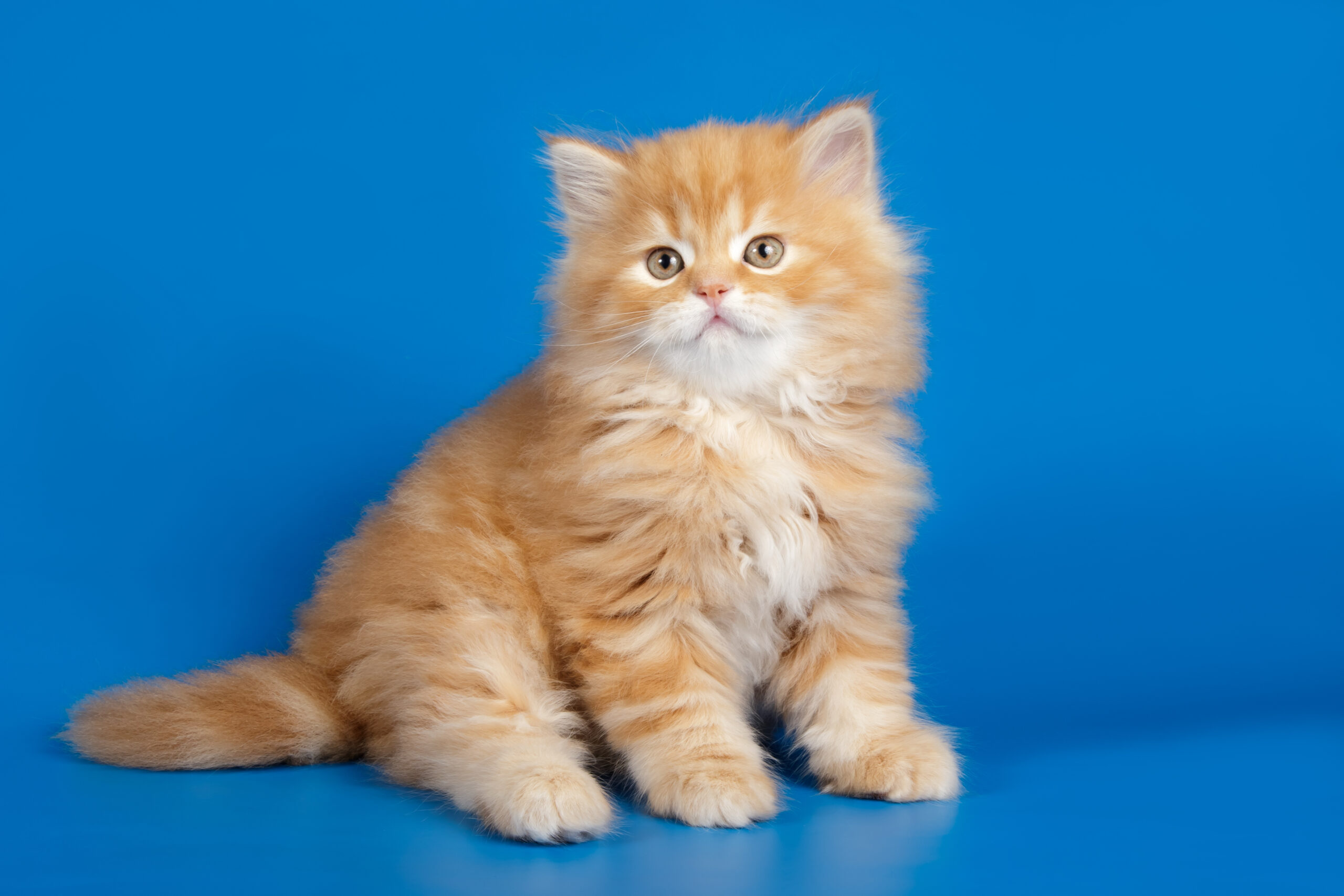
Toilet Training Your Kitten How to toilet train your kitten is an important step in ensuring their comfort and maintaining
© 2024 Proviro Group | Privacy | Sitemap | Returns Policy
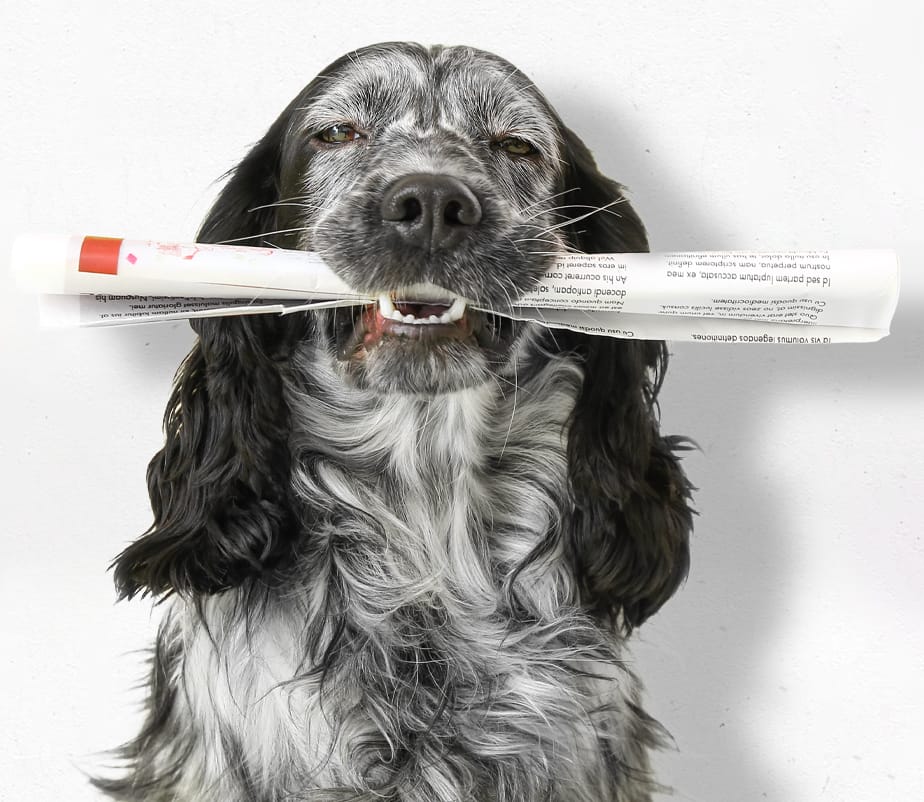
Our monthly newsletter contains the latest pet scoops, news, tips and special offers.